Taiwan vs. Japan
Must-Try Foods, From Beef Noodles to Bubble Tea


Taiwan vs. Japan: A Foodie’s Perspective
If you’ve ever found yourself torn between a bowl of beef noodle soup and a steaming plate of tonkotsu ramen, you’re not alone. Taiwan and Japan both have incredible food scenes, but their culinary cultures are surprisingly different. Having traveled to Tokyo multiple times and spent time in Taipei, I’ve experienced firsthand how these two food destinations compare.
While I only visited Fukuoka once, my repeated trips to Tokyo and Taipei have given me a deeper understanding of their food cultures. This isn’t about which is better—both have their own charm—they both bring something different to the table. Instead of focusing on a single trip, I’ll introduce different dishes, local favorites, and overall foodie experiences that stand out in each country.
Let’s dive into the delicious world of Taiwanese vs. Japanese food, starting with what truly makes them unique.
Breakfast Culture: Hearty Taiwanese Breakfast vs. Quick Japanese Morning Meals
Taiwan: A Proper Meal to Start the Day
Breakfast in Taiwan is an experience in itself. It’s not just a quick bite—it’s a full meal designed to keep you energized for the day. The best breakfasts are street-style, packed with local flavors, and incredibly affordable. Some classics include:
Soy milk & yóutiáo (fried dough sticks) – A comforting mix of hot or cold soy milk paired with crispy, golden dough sticks.
Dànbǐng (egg crepe) – A thin, chewy crepe wrapped around eggs and sometimes ham, cheese, or scallions.
Fàntuán (rice rolls) – A portable, sticky rice roll stuffed with crispy yóutiáo, pork floss, and pickled veggies.
In Taiwan, breakfast is meant to be filling, reflecting a culture where people fuel up properly before a long workday. You’ll find these gems in tiny breakfast shops or local stalls—just follow the crowd, and you’re in the right place.
Japan: Light, Functional, and Full of Choices
Japanese breakfast culture varies, but it leans toward light and functional. While a traditional Japanese breakfast consists of miso soup, grilled fish, rice, and pickles, many people opt for quick and convenient meals:
Onigiri (rice balls) – Sold in every konbini (convenience store), these come in endless varieties like salmon, tuna mayo, and umeboshi (pickled plum).
Convenience store selections – Lawson, 7-11, and Family Mart aren’t just for snacks—they have some of the best grab-and-go breakfast options. From fresh sandwiches to yogurt drinks and veggie smoothies, the variety is overwhelming in the best way.
Ramen for breakfast? – In some regions, especially Fukuoka, ramen isn’t just a lunch or dinner thing—it’s a common morning pick-me-up.
Personal Take: Sit-Down or Grab-and-Go?
I’ve never been much of a breakfast person, but both Taiwan and Japan have breakfasts worth waking up early for. In Taiwan, I love seeking out small local stalls, where the food is fresh, hot, and full of local character. It’s hearty, satisfying, and dirt cheap—what’s not to love?
In Japan, I take a different approach. Convenience store breakfasts are my go-to, and honestly, I could spend way too much time just picking out drinks alone—yogurt drinks, veggie smoothies, and coffee options that put regular cafes to shame. And of course, onigiri is a must. They’re simple, but every flavor hits just right.
Noodle Showdown: Taiwan’s Beef Noodle Soup vs. Japan’s Regional Ramen
When it comes to comfort food, both Taiwan and Japan have a strong contender in the noodle department.
Japan is all about variety—ramen is different in every region. Tonkotsu in Fukuoka is thick and creamy, shoyu in Tokyo is light and soy-based, and miso in Sapporo brings a deep umami kick. Each bowl has its own personality, from broth to toppings.
Taiwan, on the other hand, keeps it simple but powerful. Beef noodle soup is a staple—slow-cooked beef, a rich and flavorful broth, and chewy noodles. The magic is in the broth. Some are deep and heavy, others are light and clear, but they all bring a certain warmth that hits differently.
Whenever I need something comforting, beef noodle soup always delivers. The clean, savory broth and melt-in-your-mouth beef make it one of those dishes that feels like a warm hug in a bowl. To me, there just isn’t too much to talk about, when it comes to beef noodle soup, again… it’s simple but powerful.
Rice Dishes: Lu Rou Fan vs. Donburi – Which One Will You Crave?
Rice bowls are the kind of comfort food that never disappoint, and both Taiwan and Japan have their own way of making them irresistible.
Taiwan’s lu rou fan keeps it simple—braised minced pork, savory-sweet sauce, and a steaming bowl of rice. It’s rich, flavorful, and incredibly satisfying. Best part? It’s everywhere. Whether you're in a night market or a small mom-and-pop shop, chances are you’ll find a solid bowl of lu rou fan that hits the spot.
Japan’s donburi, on the other hand, comes in many forms. Gyudon (beef bowl), katsudon (pork cutlet bowl), unadon (grilled eel bowl)—each one has its own style, but the idea is the same: rice topped with something delicious. Unlike lu rou fan, though, finding a really good donburi takes a bit more effort. The difference between a decent one and an amazing one is huge.
If I had to pick, I’d lean slightly toward lu rou fan, just because it’s consistently good and easy to find. But when I do come across a top-tier donburi, it’s definitely worth the hunt.
Street Food: Taiwan’s Night Markets vs. Japan’s Yatai & Yokocho
Street food is the heart and soul of eating in both Taiwan and Japan, but the experience is completely different.
Taiwan’s night markets are an absolute must-visit. They’re chaotic, loud, and packed with endless stalls selling bubble tea, stinky tofu, oyster omelets, crispy chicken, and more. Some night markets are more food-focused, while others cater more to tourists with games and shopping. But no matter which one you visit—whether it’s Shilin, Raohe, or Fengjia—you’re guaranteed to find something delicious.
Japan’s yatai and yokocho are much more structured. Yatai stalls, especially in Fukuoka, offer a cozier experience where you can sit down, enjoy a bowl of ramen or yakitori, and actually chat with the cook or other customers. Yokocho alleyways, on the other hand, are a whole different experience—small, tucked-away streets lined with tiny izakayas, perfect for grabbing a drink and a bite to eat.
It’s hard to say which I prefer because they serve different moods. If I want a fast, no-frills food adventure, Taiwan’s night markets are unbeatable. But if I’m in the mood for something slower, where I can sit down and soak in the atmosphere, Japan’s yatai and yokocho hit the spot.
Desserts & Drinks: Taiwan’s Bubble Tea vs. Japan’s Best Sweets
If you have a sweet tooth like me, you already know—Taiwan and Japan both take their desserts and drinks seriously. And honestly, don’t even ask me to choose between them.
Taiwan: The Bubble Tea Kingdom 🧋
Taiwan is the birthplace of bubble tea, and no matter where you go, there’s always some new trend—brown sugar boba, cheese foam, taro milk, fruit teas, or even boba-filled desserts. But it’s not just about the drinks. Taiwanese desserts like shaved ice with condensed milk, fresh mango, and grass jelly are absolute must-tries.
Japan: A Matcha Paradise 🍵
Japan’s dessert culture is a whole different experience. There’s the delicate wagashi—mochi, dorayaki, taiyaki, and anko-filled treats—that pair perfectly with green tea. Then there’s the modern side of Japanese sweets, like Hokkaido cream puffs, matcha soft serve, soufflé pancakes, and convenience store sweets that are way too good for their price.
Honestly, both places are heaven for dessert lovers. Taiwan wins for drink variety, while Japan offers a mix of traditional and modern sweets that are impossible to resist. If I’m in Taiwan, I’m probably walking around with a bubble tea in one hand and a crispy egg tart in the other. In Japan? You’ll find me in a café, enjoying a slice of matcha cake with a perfectly brewed cup of tea.
Final Thoughts: Taiwan vs. Japan—Which One Do You Prefer?
With both Taiwan and Japan, the food scene is just too good to pick a favorite. Even in my daily life—whether I’m in the States, UK, or Hong Kong—these are still the kinds of food I seek out. So just imagine being in these countries and eating it fresh, made by the locals, with all the authentic flavors.
If you’re visiting for the first time, it really depends on what you love.
Love street food, bold flavors, and casual eats? Taiwan’s night markets will keep you busy for days.
Prefer refined flavors, seasonal ingredients, and traditional-meets-modern dining? Japan’s food culture is something you’ll never get tired of.
Honestly, I still can’t choose… so I just keep going back to both.
Both Taiwan and Japan have so much to offer, and if you're like me, you’ll keep coming back for more! If you love exploring food cultures like this, make sure to follow along for more updates and fresh travel tips!
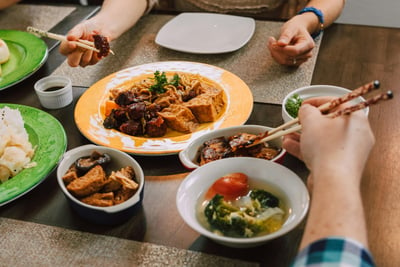

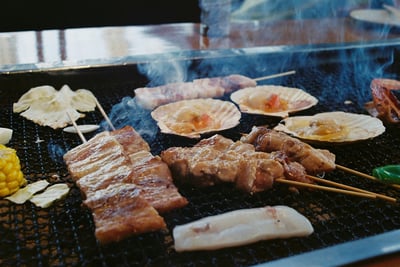

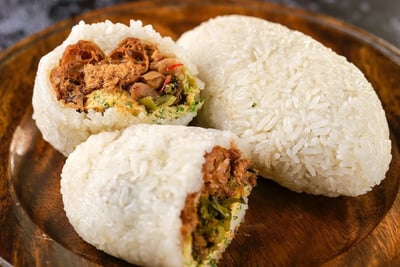

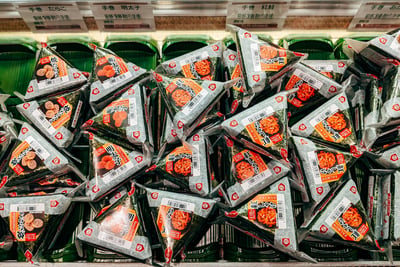


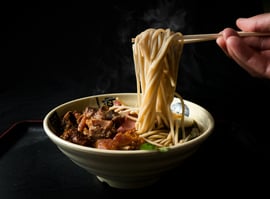


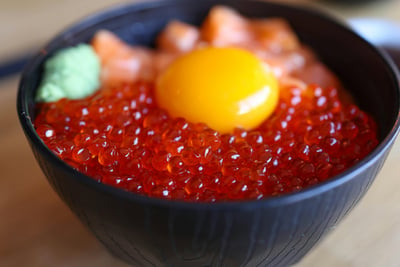

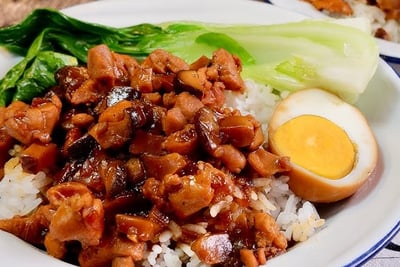



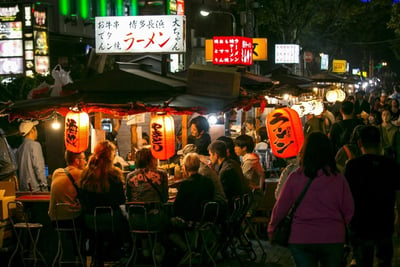


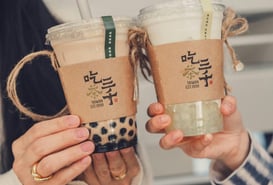
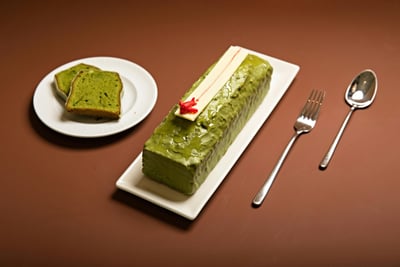

Explore
Celebrate coastal artistry and embrace the journey toward sustainable living
Crafted
CONTACT US
© 2025 Current Journeys. All Rights Reserved. The designs, images, and content on this website are the exclusive property of Current Journeys and may not be reproduced or used without written permission.
Return & Refund Policy
Inspired
